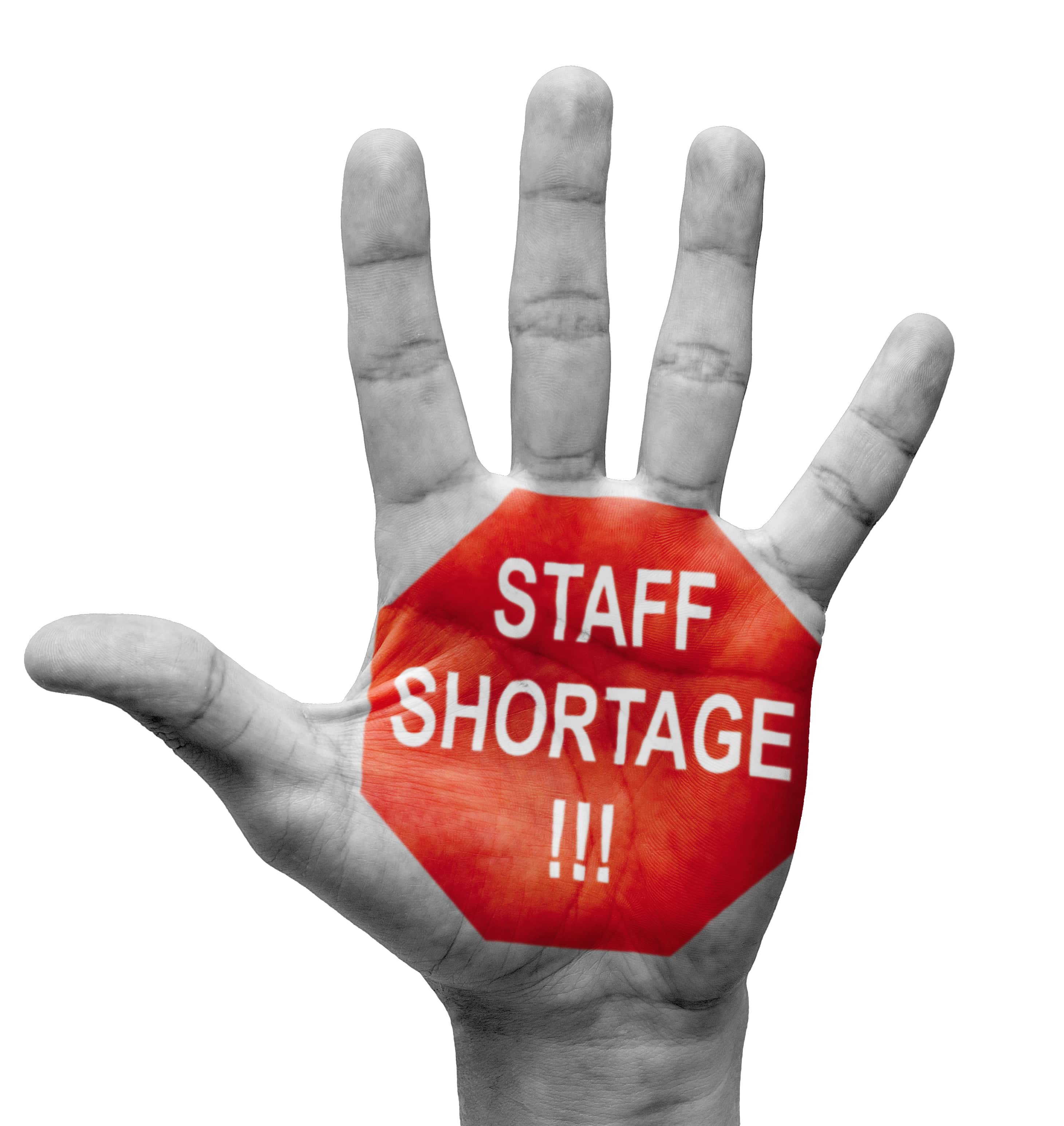
3 Ways to Reduce Agency Nursing Usage
Low unemployment rates and an aging population are just a couple circumstances lending to the nursing shortage felt across the U.S. Provider organizations are grappling with what they can do to keep up with patient demand when they feel staff are constantly undersupplied.
This climate of scarcity has been a prime driver for travel nursing. Offering attractive benefits like higher pay and the adventure of various locations, nurses – particularly Millennials – can be drawn to this industry, pulling them away from a hospital’s core staff.
But are hospitals as short staffed as they believe they are? Surprisingly, the answer is often no. Frequently, the staffing shortage provider organizations feel is in part a product of their own doing. Units and departments get into a vicious cycle of poor staffing practices (including an over-reliance on agency staff), and rather than review and realign resources, they continue down the costly path of misusing core and contingency staff.
If you’re tired of planning one day, or even one shift in advance, and your budget is under strain from relying on a staffing layer that should be only a sliver of your resource plan then read on.
Below are three strategies to employ to balance your staff and decrease agency usage.
1. Adopt an enterprise mentality
Instead of viewing each unit as its own entity, healthcare organizations are encouraged to adopt an enterprise mentality – a more cost-effective and efficient approach to staffing. The all too common occurrence of one unit sending a staff member home because they are overstaffed while one or more sister units are scrambling to fill holes in the schedule will be all but eliminated with this strategy.
This approach requires shared vision and organizational cooperation extending to all applicable service lines, sharing resources among units and facilities and aligning policies and operational practices. Working together as one cohesive team across the enterprise reduces redundancies and delivers economies of scale.
2. Schedule to volume patterns
Scheduling that is not aligned with patient demand is typically at the root cause of staff shortages. The number of core staff scheduled for each shift should vary according to the trends in patient volume and predicted demand. For example, if a unit experiences its peak volumes on Wednesdays and Thursdays, the number of staff on those days should be higher than the number of staff on days with lower volumes. Establishing the correct number of core staff in a facility relative to that unit’s forecasted demand, and scheduling staff to that demand, reduces instances of over or under staffing.
But how are you supposed to schedule to forecasted demand if you can only ballpark it? There’s no crystal ball that can give you the magic number, right? No, but there’s something that comes close: predictive analytics. Thanks to advances in machine learning and related technologies, it’s possible to automate certain management functions in order to drive efficiencies and allow healthcare managers to focus on core competencies. Using predictive analytics, healthcare organizations can now better forecast staffing needs well in advance of the shift by analyzing historical census data and other inputs to predict future needs.

3. Monitor FTE leakage
When feeling understaffed, the first metric to hone in on is “FTE leakage.” This refers to the hours lost due to core staff not being schedule to their FTE (full-time equivalent) commitment. For example, if a nurse carries a 0.9 FTE commitment, they are expected to work 72 hours within a two-week schedule period. If the nurse works 36 hours in one week, but only 24 hours the second because they call in sick for a 12-hour shift and doesn’t make it up or use paid-time off, there is an FTE leakage of 12 hours. Thus, a unit creates its own shortage by the loss of these hours. This forces the organization to fill these “lost” shifts with more expensive contingency labor (i.e., calling in agency if core staff is unable to extend) or pull staff from other units to cover the need.
In addition to leakage events happening during a schedule period, like the above example of staff calling in, a lot of FTE leakage happens at schedule submission. Safeguards should be in place so managers or schedulers cannot submit a schedule that does not have every staff member scheduled to their FTE.
Using a common-sense approach to contingency layering, including utilizing agency staff in line with an organization’s budget, provides the flexibility needed to meet patient volume in a manner that is effective and orderly. It also keeps core staff members engaged and happy, as a solid contingency strategy will reduce the need for core staff floating, recruitment for last-minute needs, and overtime usage.
If used strategically, agency staff has its place in a healthy staffing mix. But agency staff shouldn’t be a short-term fix for a long-term problem. When organizations are not proactive in their management of staff resources and have an overreliance on agency, core staff become frustrated and it drains an organization’s labor budget. Organizations don’t need to wait around for staff to fall from the sky. They have the tools and strategies available to optimize the staff they have.



